As FERMA celebrates its 50th birthday, StrategicRISK Magazine spoke to its board members and risk leaders about how the risk landscape is changing and the priorities for the future. Here Charlotte Hedemark, FERMA president and risk management expert, field risk management at SAP shares her insights
This is the second in a series of interviews, which will be published weekly. The first was with Annemarie Schouw, risk and insurance manager at Tata Steel Europe, FERMA board member, and co-chair of the Rimap steering committee. You can read it here.
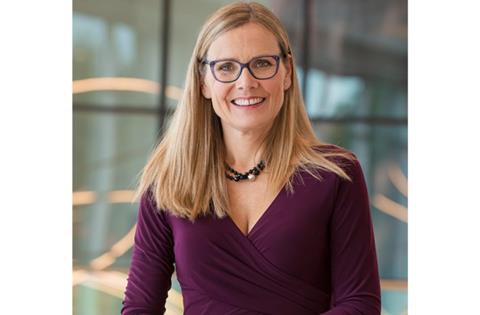
How has the risk landscape changed in the last 50 years?
The risk environment has undergone huge change over the last 50 years, both in terms of the risks themselves and the role of the risk manager.
The scope of risk management has expanded considerably from its original remit of natural disasters, accidents and physical risks, to encompass rapidly evolving technology challenges, financial crises, and geopolitical turbulence.
The evolution we have seen in the digital environment in recent years, has created one of the fastest developing risk environments in history, with cyber-related risks changing with incredible speed. While risks such as climate are shifting constantly creating larger and more frequent natural disasters.
“The primary issue is the increasing speed of incoming risks and how interconnected and global they are.”
During the last 50 years, the industry has also faced numerous Black Swan events such as the 9/11 attacks, which dramatically altered the risk landscape, and events of the scale of Hurricane Katrina.
There is no denying that the world has got smaller. The primary issue is the increasing speed of incoming risks and how interconnected and global they are. We often see multiple sectors or regions affected simultaneously by the same risks. This makes it hard for companies to predict and manage risk in their supply chains.
Against this risk context, firms have also come under increasing regulatory pressure, particularly in the last decade, and must comply with a much broader scope of regulation, mandatory reporting requirements which is creating a much more demanding and pressurised environment for the risk manager.
How has risk management as a profession changed in the last 50 years?
As a response to the interconnected nature of risk, the focus of risk management has shifted from insurance and mitigation to a much broader enterprise risk function, with greater strategic input in response to the increasing need to provide the C-suite with a full 360-degree view of risk to support decision making.
That shift into a more strategic-oriented function means that risk professionals are now addressing both insurable and uninsurable risks across a much broader horizon. The modern risk manager must be capable of comprehensive risk assessments involving all business units, be adept at scenario planning and able to use new technologies including artificial intelligence and data analytics to better understand, identify, and respond to risk.
Their role is now a much more proactive one with a primary objective being to align risk management objectives with overall business strategy.
How has FERMA and its role changed in that time?
FERMA has in many ways evolved in tandem with the risk environment itself.
Initially the focus of the Federation was primarily on promoting risk management best practices, and while that remain a critical component, we have expanded our aspirations and now play a central role in representing the risk community and European level, operating role as an advocate and centre of thought leadership.
Today, we are at the forefront of establishing industry standards, collaborating and interacting with European institutions to promote the adoption of risk-based approaches in legislation.
“FERMA has looked to facilitate greater collaboration on the international stage”
Our work is much more collaborative in approach, particularly interacting with the insurance industry on critical areas such as cyber and climate. A recent example of this collaboration was the publication of the ‘Cyber insurance dialogue – How Europe can lead the way to cyber resilience’ report in conjunction with key stakeholders to help set the agenda on cyber risk.
Further, given the increasingly globalised nature of risk FERMA has looked to facilitate greater collaboration on the international stage, building on its existing relationships with other risk associations and bodies around the world.
An example of this is our recent expansion of the European Risk Managers Survey to become a global survey which includes risk associations from the US, Latin America, Asia Pacific, and Africa.
What are the top risk management priorities for the future?
Cyber continues to be a critical area of focus for risk managers as the profession works to build a more resilient digital environment for businesses to operate in.
Similar work is taking place on the climate front to address the increasing frequency and severity of climate-related events. In addition, new risks are constantly emerging, so risk managers need to be in a constant state of preparedness to respond effectively.
Regulatory compliance is also an increasingly prominent responsibility for risk managers given the spate of new European legislation introduced in recent years and those in the pipeline.
“It is imperative that risk managers are recognised as a central cog in the strategic make-up of every organisation.”
The complexity associated with these reporting requirements is considerable and places significant pressure on practitioners.
In this context, another priority for risk managers is the need to leverage technology more effectively to bolster capabilities, support continuous improvement and drive innovation. It is imperative that risk managers are recognised as a central cog in the strategic make-up of every organisation.
How does the industry need to adapt to keep pace with changing risks?
As risks change and complexity grows, the risk community need to work together more closely with other key stakeholders to develop and integrate innovative solutions across risk management and insurance – collaboration breeds innovation so we want to encourage that.
FERMA has a central role to play in facilitating greater collaboration at all levels and across the public and private sectors, amplifying the relevance of risk management, and working with a broad spectrum of parties to bolster resilience at the company, national and international level.
“The risk community need to work together more closely with other key stakeholders to develop and integrate innovative solutions”
As risk managers, it is vital that we remain adaptable and responsive to the shifting risk landscape and continue to shape our risk management frameworks to reflect this.
If we, as an industry, remain resilient and agile in the face of new threats, then we become an increasingly relevant and strategic component of how organisations operate and demonstrate our value in turning risk into opportunity.
Further, by being more prominent within the organisational hierarchy, we are helping to promote the role of risk management to a wider audience, and helping to inspire the next generation of risk managers.





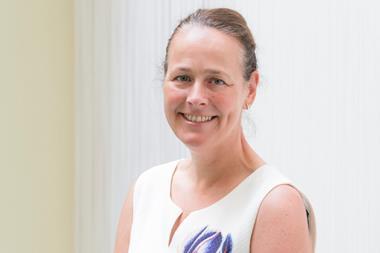


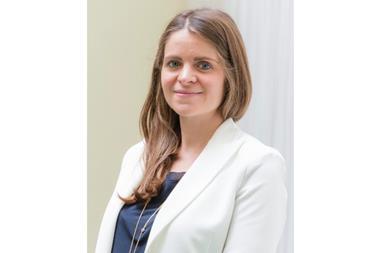
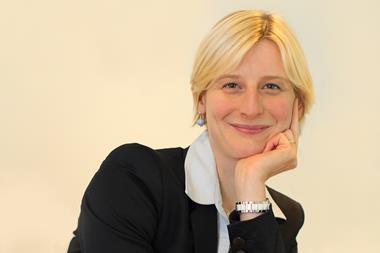
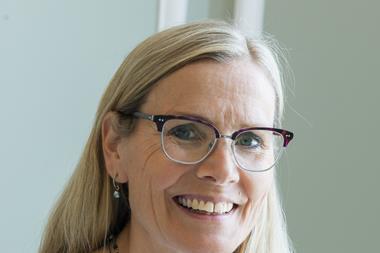




No comments yet